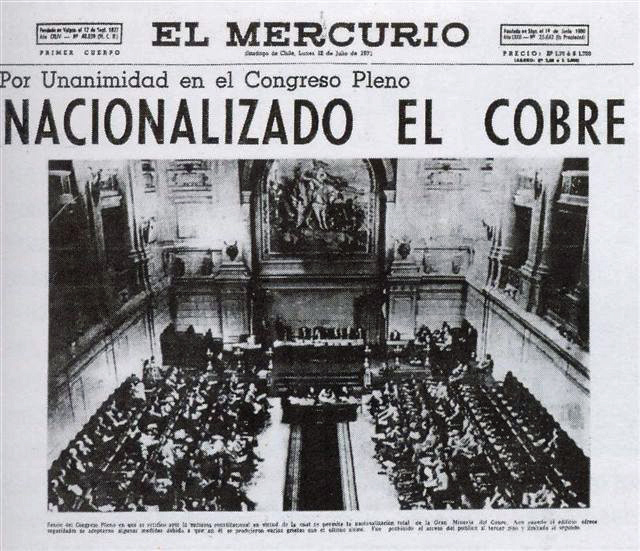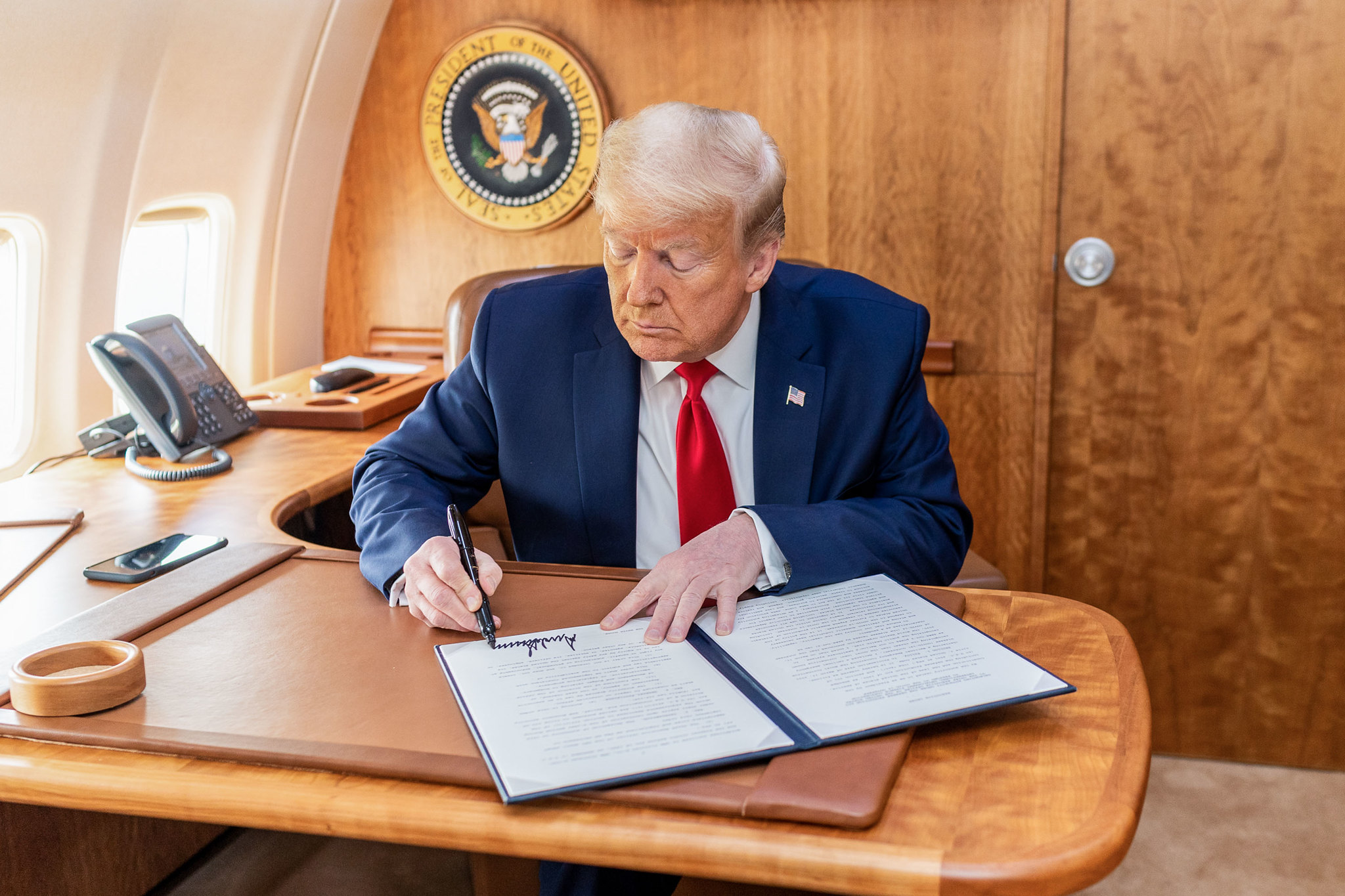Column: Chile uses an old copper template for new lithium plan

Chile’s assertion of state control over its lithium industry has sent shock waves through the new energy metals sector.
The country’s two big lithium producers, SQM and Albemarle, have seen their share prices fall on the prospect of having to relinquish majority control of their operations or risk losing their licences once they expire in 2030 and 2043 respectively.
Shares in companies such as Pilbara Minerals, Australia’s biggest lithium producer, have risen on the premise of slower investment and project growth in Chile, which hosts the world’s largest deposits of the battery metal.
Chile has been here before.
The country nationalized its copper sector in 1971, provoking international outrage, particularly in the United States.
President Gabriel Boric’s lithium “nationalization” is a more benign version, using an even earlier copper model.
Moreover, Chile is far from the only country seeking to channel the new energy metals boom.
The copper model – good and bad
If President Boric’s lithium policy is an echo of past copper policy, the comparison is with the “Chileanization” program of the Eduardo Frei Montalva administration in the late 1960s.
Frei embarked on a creeping nationalization, buying 51% stakes in existing copper mines and projects and wrapping them into the Copper Office, renamed in 1966 as the Corporacion Nacional de Cobre (Codelco).
All the US companies that then controlled Chile’s copper production negotiated a reduction of their holdings. Kennecott Copper led the way, selling in 1967 a 51% stake in the El Teniente mine with the proceeds reinvested in an expansion program.
The “win-win” state-private balancing act was upset in 1971 when President Salvador Allende won Chilean elections on a platform of speeding up the process.
The hard nationalization that followed saw US copper companies stripped of their shares for minimal compensation after the government offset book value with previous “excess profits”.
There was legal blowback, including court seizures of physical copper cargoes, and economic and political blowback from the United States.
Chile’s copper grab was part of a broader trend of developing countries taking state control of their mineral riches. Zambia, the world’s second largest copper producer at the time, did exactly the same three years later in 1974.
Lithium play
Codelco is still owned by the Chilean government and now the world’s largest copper producer.
Even the neo-liberals of the Augusto Pinochet regime kept the national jewel in the crown as they opened the rest of the country’s’ copper sector up to the private sector.
Indeed, it was only in 2019 that Chile formally revoked the law requiring 10% of Codelco’s export sales be directed to the military, although technocrats had long since replaced generals on the company’s board.
It is now Codelco that is tasked with taking control of the country’s lithium sector.
There is no need for expropriation since the Chilean state owns the country’s reserves. Rather, there will be a “negotiated nationalization” similar to that of the copper industry in the 1960s.
Talks with SQM will start almost immediately, according to Economy Minister Nicolas Grau. SQM said that it needs an additional $2 billion to meet the new lithium plan’s sustainability goals, an echo of Kennecott’s sale-for-investment copper deal of 1967.
Others, particularly smaller operators at the exploration stage, may welcome the prospect of state support.
CleanTech Lithium, which is working on direct extraction rather than brine evaporation in Chile, noted the new policy was one of “partnership rather than nationalization” and “may offer the potential for further opportunity”.
Given the Chilean government’s interest in steering its industry towards more sustainable lithium extraction, state participation could turn out to be enabler rather than a dead weight for such companies.
Everything, of course, depends on how the policy is executed.
Join the club
Chile is not alone in seeking to assert control of its mineral resources as the world gears up for a new metals age.
Mexico nationalized its lithium deposits last year and in February this year handed over responsibility for developing them to the country’s energy ministry.
Zimbabwe has banned the export of unprocessed lithium, citing the need to constrain illegal artisan mining.
The shining example for others is Indonesia, which has used export controls to force its nickel miners downstream.
Exports of ore were banned from 2020, leading operators to build first nickel pig iron smelters and more recently processing plants capable of producing nickel in battery-friendly form.
The EU last year won a World Trade Organization (WTO) panel ruling that Indonesia’s ban on exports was a breach of WTO trade rules.
Indonesia has forged ahead anyway and now boasts the world’s largest nickel production sector, which it is rapidly leveraging into a global battery-materials hub.
Breaking the free-market rules has proved to be a massive accelerator for Indonesia, showing that state intervention doesn’t always come at the price of slower industrial progress.
It’s not just producer countries that are using government muscle to shape metal supply chains.
Such is the scramble for all sorts of critical minerals that governments in consuming countries are stepping in as well.
Japan’s Ministry of Economy, Trade and Industry will subsidize half the cost of smelting and mine development projects of important minerals including lithium by Japanese companies, according to Nikkei Asia.
The European Union is actively seeking what it terms “mutually beneficial partnerships” with emerging producers as part of its critical raw materials policy.
The United States, desperate to reduce reliance on China, is pumping money into its mining and metals sector and hasn’t shied away from state participation either.
The US Defense Department is a direct investor in both the light and heavy rare earth processing facilities being constructed in partnership with Australia’s Mynas Corp.
Chile isn’t an outlier when it comes to the new energy metals age, it’s part of a growing club of nations.
(The opinions expressed here are those of the author, Andy Home, a columnist for Reuters.)
(Editing by Emelia Sithole-Matarise)
More News
Trump planning to stockpile deep-sea minerals to counter China: FT
April 13, 2025 | 07:56 am
Goldman Sachs upgrades gold forecast again to $3,700
April 12, 2025 | 08:05 pm
{{ commodity.name }}
{{ post.title }}
{{ post.date }}




Comments